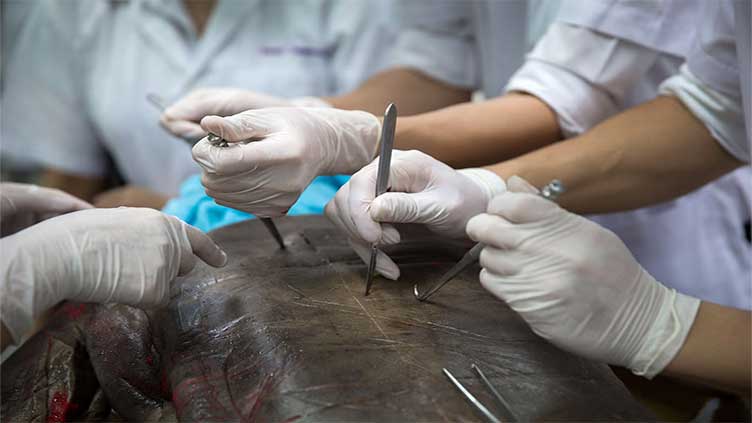Why world's most populous India running low on bodies

Medical students are relying on anatomical models or digital simulations for training
(Web Desk) – For a country with one of the largest healthcare systems and a rising number of medical students, the supply of cadavers is alarmingly low, and the situation risks harming the quality of medical training, professionals and activists tell The Independent.
“The shortage means many students are forced to rely on anatomical models or digital simulations, which cannot fully replicate the experience of real dissections,” she says.
Instead of one cadaver for 10 medical students – the required rate, Bharambe says – India likely only has one for every 50 students in some colleges.
This is leaving a generation of aspiring doctors without critical practical training, profoundly affecting the quality of care they can provide.
When GN Saibaba, a university professor who had spent years in prison for his impassioned activism in India, died last month, his final act of service was an unexpected one: his body became a teaching tool, donated by his family to the Gandhi Medical College in Hyderabad for academic and research purposes.
Saibaba’s wife Vasantha and their daughter Manjira had only a short window in the hours after his death to consider whether to go ahead with the donation, and decided it would be a fitting send-off, embodying the late teacher’s lifelong belief in “education as a tool for liberation”.
His was one of the most high-profile body donations in recent memory in a country where such sacrifices are rare.
The previous month, the family of the veteran Communist Party leader Sitaram Yechury also made national headlines for donating his body for teaching and research purposes.
The donations, while primarily intended to honour the legacies of the two public figures, have also cast a spotlight on a wider and growing problem in the world’s most populous nation: an acute shortage of cadavers for medical education and research.



